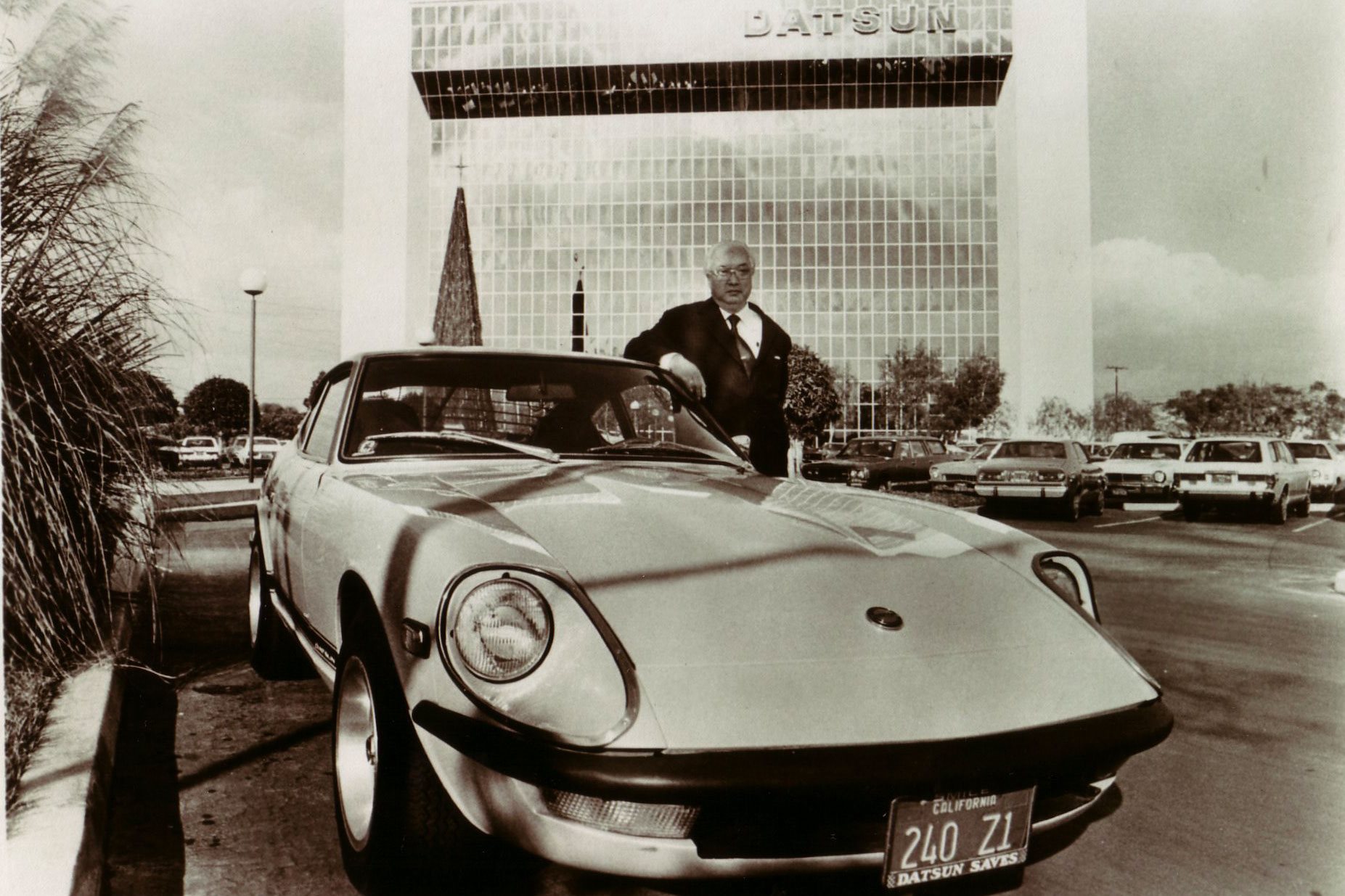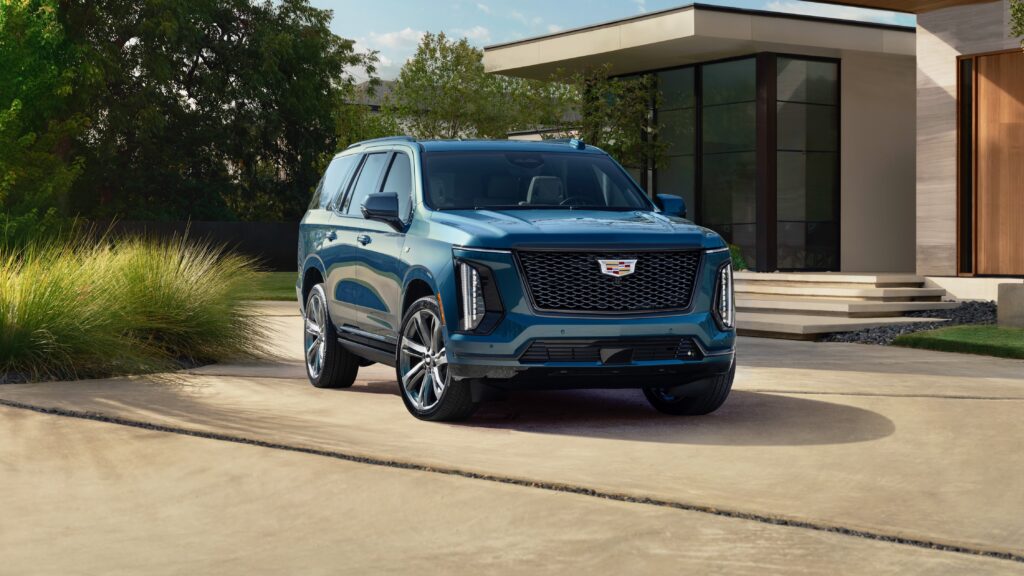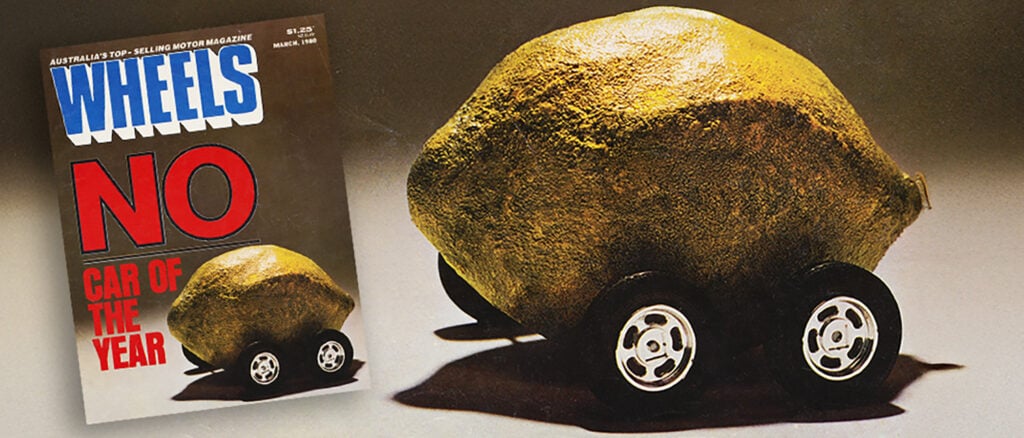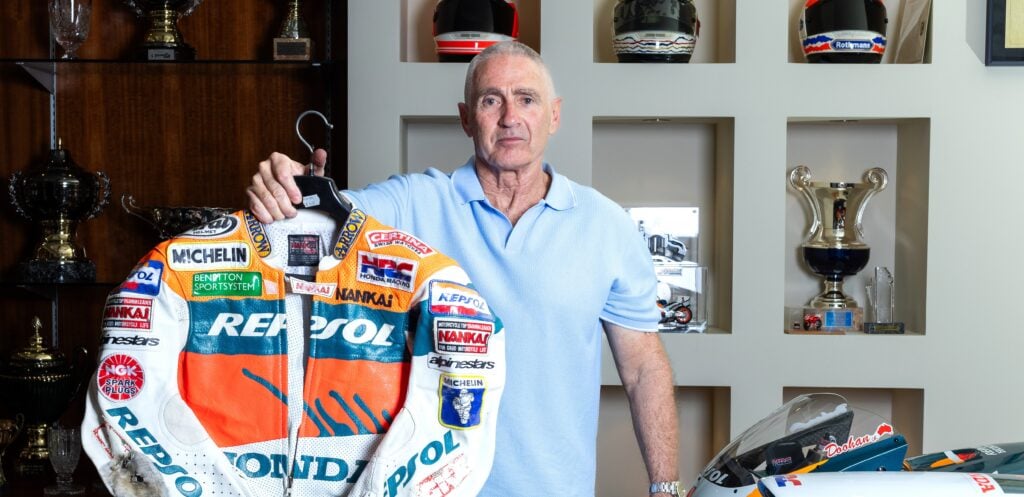Wheels team, 2021: In 2015, Yutaka Katayama, dubbed the “Father of Z”, died aged 105.
The former head of Nissan’s US market, Katayama was credited with pushing the Japanese carmaker into developing front-engined, rear-drive sports cars to complement its passenger-car line-up, and the rise of the two-seat Datsun 240Z.
Today, on August 18 2021, Nissan has revealed its new 2023 Z coupe. Here, in honour of that event, we’ve republished one of our favourite stories.
In the June 1973 edition – four years after its international debut – Wheels contributor Rab Cook took an in-depth look at how Katayama’s vision became a reality; this is an edited version of that story.
NISSAN was extremely clever in coming up with the 240Z concept
Rab Cook, June, 1973
Note: You can click any of the photos below to see our full gallery.
It spotted a gap in the market for a closed sports car and turned out exactly the right device to fill it. It is unique because there is no other car to compete with it in its class. For the motorist who knows what he’s doing, and can afford to do it, it is almost the ultimate fun car. You can get it completely sideways in a corner and still have it totally under control. There aren’t many you can do that with.
Technically, it is straightforward enough with an in-line six-cylinder engine and the only somewhat unusual feature is the suspension, which has MacPherson struts at the front and the rear.
There might be an initial temptation to refer to the 240Z as a poor man’s E-Type, but once you’ve driven both you realise that this is nonsense. The Datsun stands on its own.
From the early styling sketches and mock-ups, it is clear that Nissan had two ideas in mind, one of which was for an open car. This notion carried on for a long time in the evolution stages and there was even a car in the metal with an open top but otherwise fairly close to the final shape. Notice, too, that some of the early shapes could be mistaken for a Ford GT40 at a quick glance.
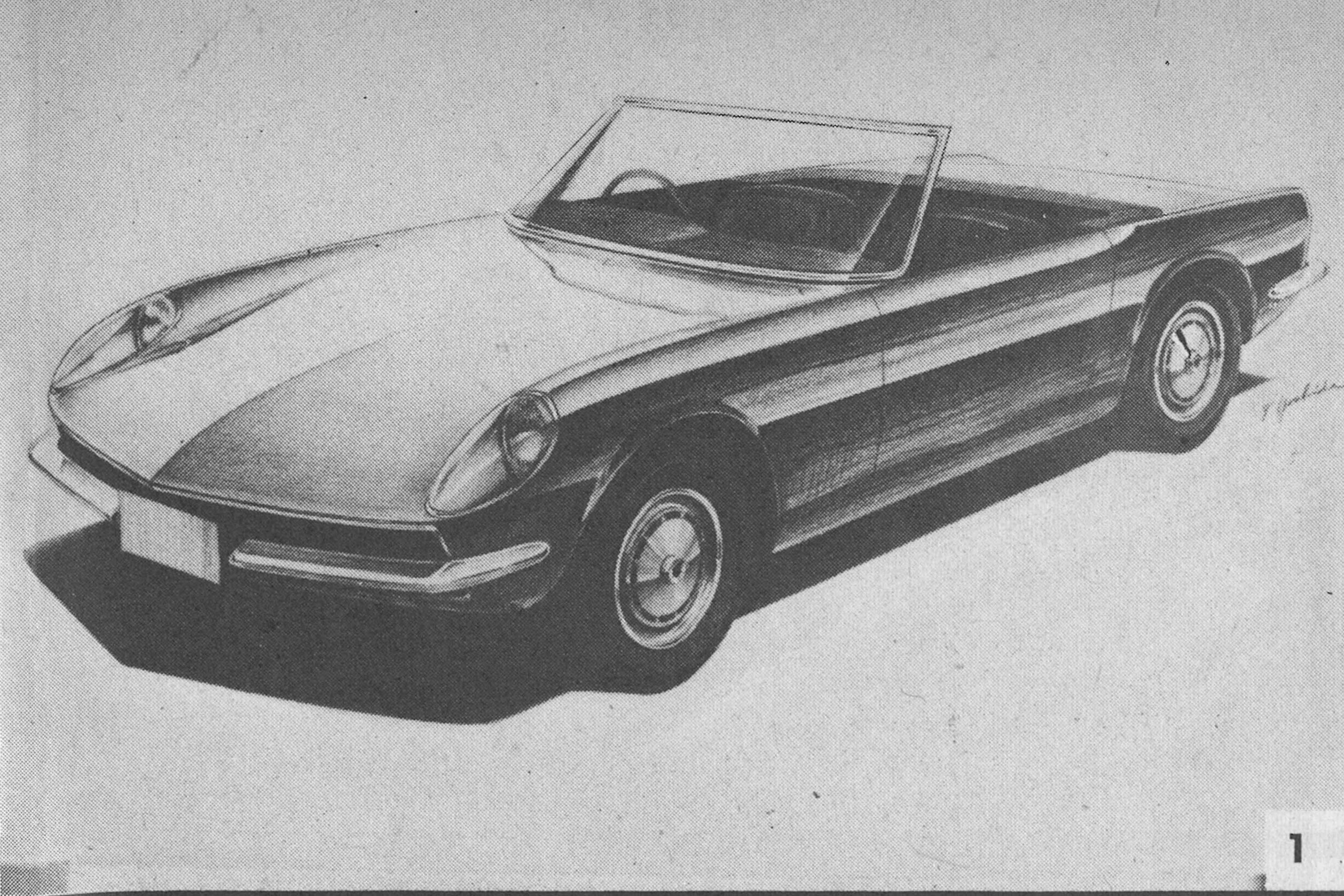
Computers and wind tunnel experiments were brought in at a much earlier than usual stage of the design. Wind tunnel tests were conducted at regular intervals as the form evolved; at the quarter-size clay model stage, “heated discussions about styling continued”.
At the same time, they were giving a great deal of attention to the interior dimensions using “two dimensional mannequins of every conceivable size” The 240Z can be adjusted to fit almost any stature of driver. That in itself is quite an achievement.
Then Nissan did something which is so typically Japanese that you have to smile while, at the same time, you admire its ingenuity. It built a full-size paper model, along the same lines as it would a paper lantern.
The frame is a lash-up of wood and wire as necessary and then paper is stretched over it, in a variety of colours. The object of this is to “pursue an ideal harmony of light, colour and form”.
Obviously, this is a good interim stage before the full-sized clay models, easy to make and almost certain to show any obvious snags that hadn’t appeared in the quarter-size ones or the drawings. An extra step, but a time-saver at the same time.

When it came to the clay model stage, Nissan got into an absolute frenzy over five aspects of the design. First was the amount of windscreen curvature, which gradually diminished as the final shape was approached. Then, the shape and size of the side windows. Just about everything you could think of was tried and it is interesting as you go through these pictures to note that, in every instance, the final solution appears to be by far the best one and that there was no apparent compromising of a good shape to meet production problems.
The third area of alteration was in the tail-end shape of the driving cabin. Initially, Nissan seems to have regarded it rather as a hard-top put on to an open car, but somewhere along the line the idea gelled that the right thing was to make it look what it is, an integral part of the body with no hint whatsoever of a soft- or hard-top concept.
Fourth came the radiator grille shape, which seems to bother stylists in every country. Bristol, Jensen and Triumph have at various times gone in for a purely aerodynamic-looking hole in the front, but it has never lasted. But when the hole becomes a horizontal slit then it is much more acceptable and Nissan saw the light and finished up with the simplest possible answer.
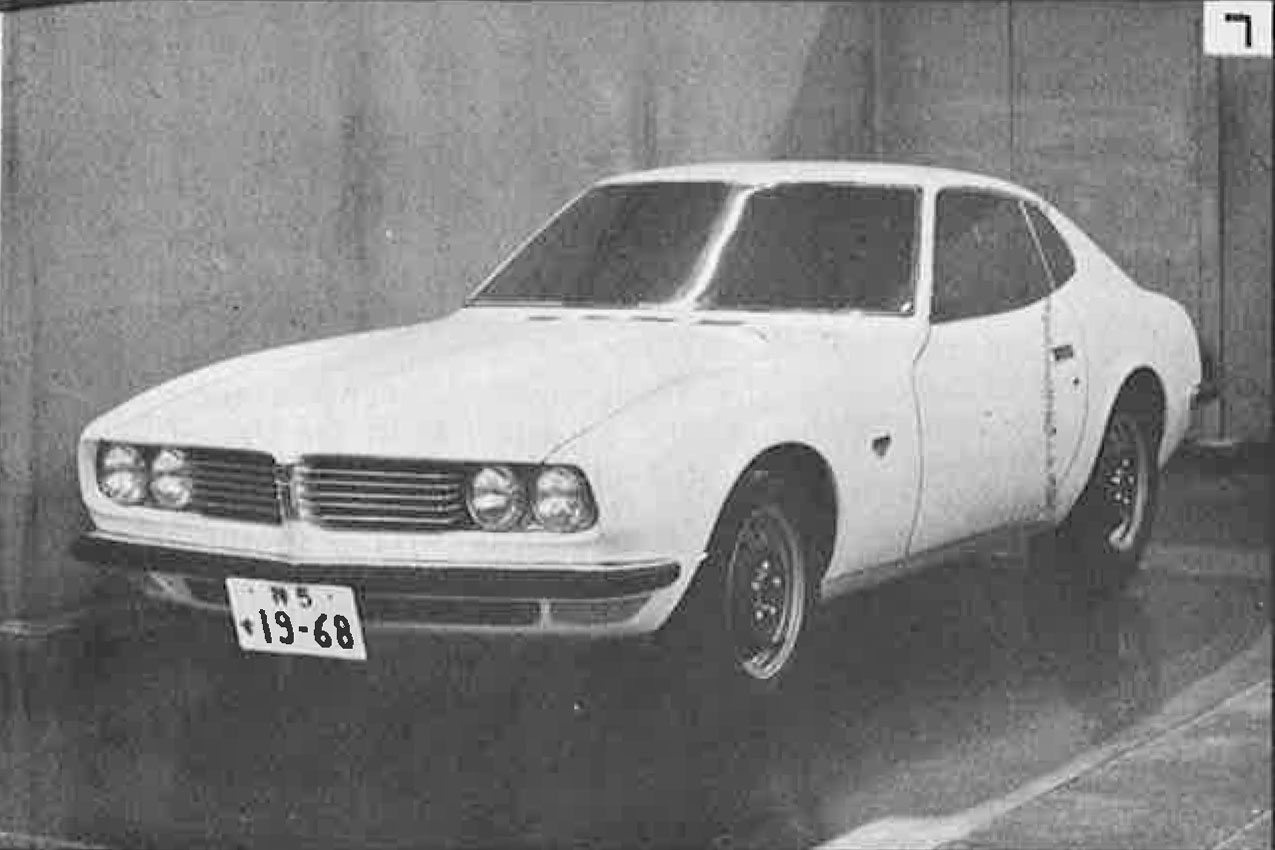
Finally, headlights were very much on the designers’ minds. Whether to have them in a grille, cowl them with glass, make them pop-up or just recess them… Again, Nissan chose the simple solution, thereby getting the best amount of light and freedom from odd lighting regulations in export markets.
Back at the control panel, we find a reason for the good ergonomics of the 240Z interior. It had an unfortunate citizen in the mock-up operating all sorts of different control set-ups with electrodes attached to his arms to measure the level of fatigue. Nissan also studied the correlations of driver’s eye and seating positions and it seems that no stone remained unturned in its efforts to get it right before the production stage.
Models were subjected to water-tank tests, not to see if they’d burst at high altitudes but to study the drag and the effects of spoilers at various simulated speeds. Then all the data was fed into a computer, which was asked to pontificate on handling characteristics and gear ratios, dampers and springs and such.
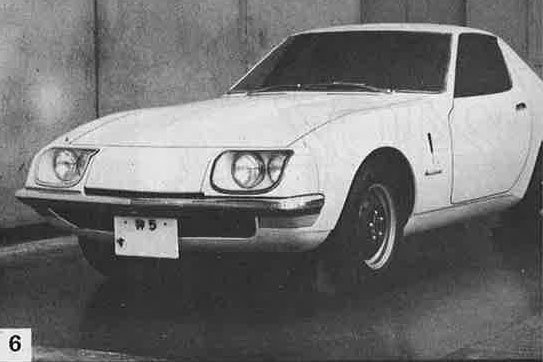
When the first prototype was built, it was subjected to vibration testing to check for unwanted resonances in the body, more wind tunnel stuff and finally all sorts of testing on experimental tracks to see if the computer had behaved itself.
Then the inevitable 50mph (80km/h) crash test and a considerable amount of research to get the interior padding right, and that was it.
That the original idea was the right one is proven by the number of 240Zs on the roads. It is obviously a car which was right from the start.
‘Evolution no 7: Datsun 240Z’ was originally published in Wheels, June 1973
2023 Nissan Z
And here it is, the new 2023 Nissan Z. Read the full story here.
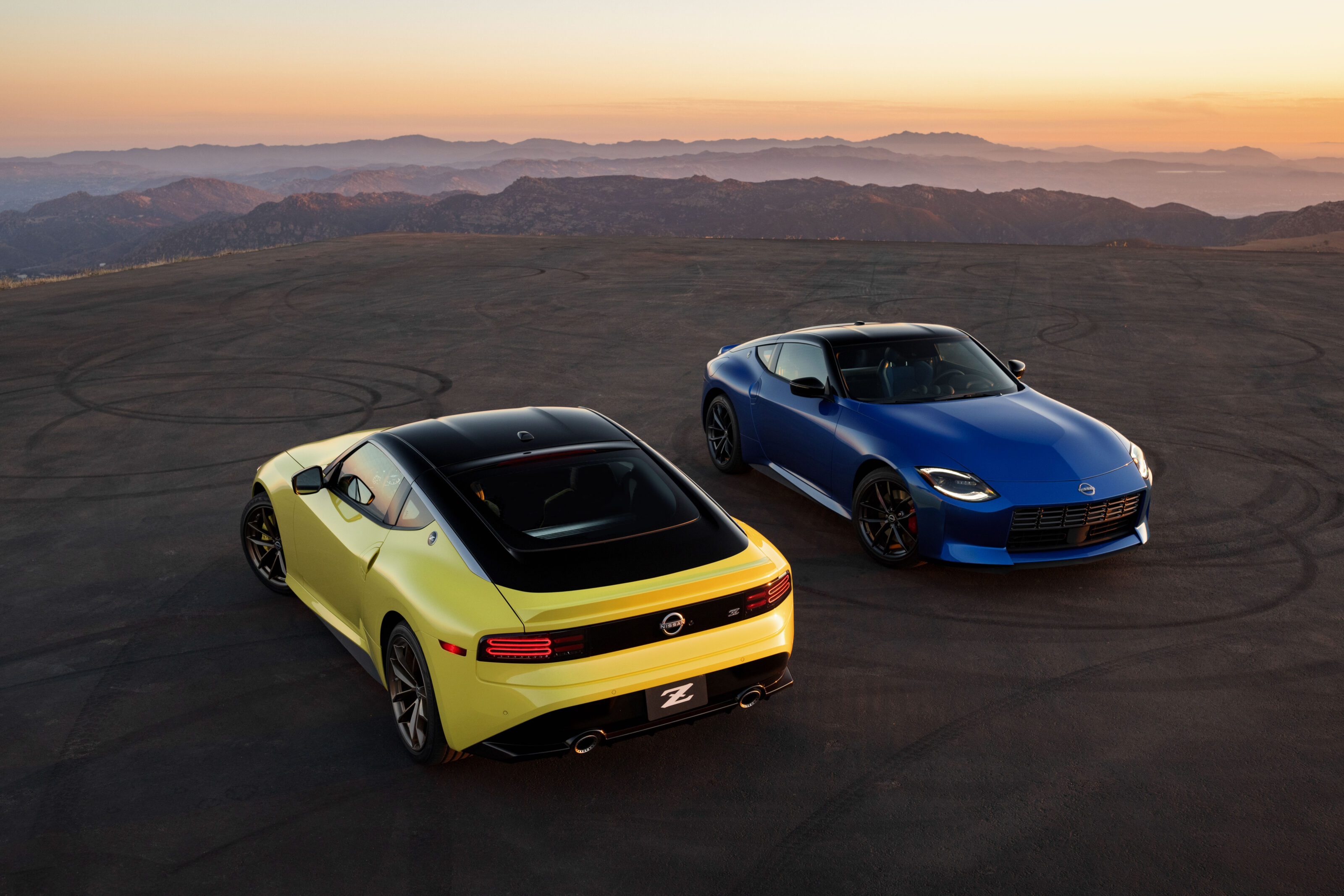
We recommend
-
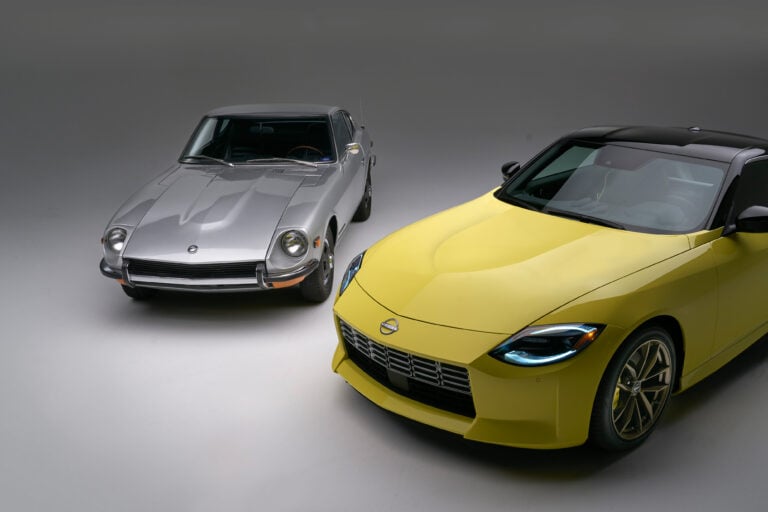 News
News2023 Nissan Z revealed in full
New Z to boast 298kW and a choice of six-speed manual or 9-speed auto
-
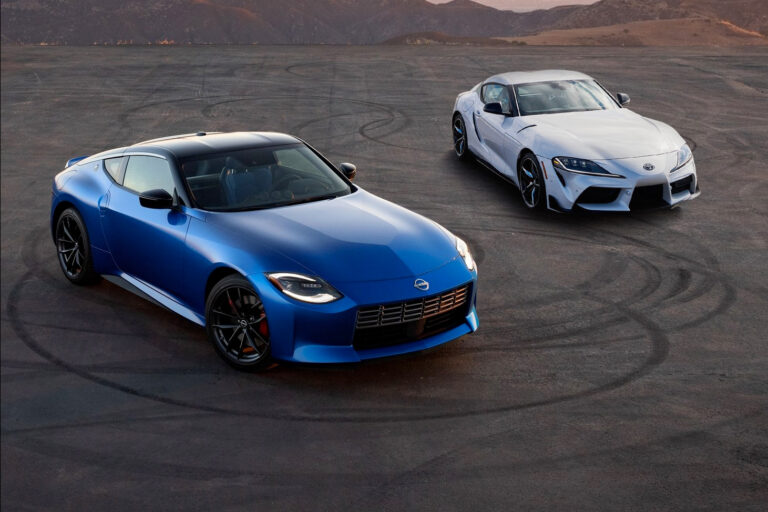 News
News2023 Nissan Z vs Toyota Supra: Hot coupes compared
How do the two flagship coupes stack up on paper?
-
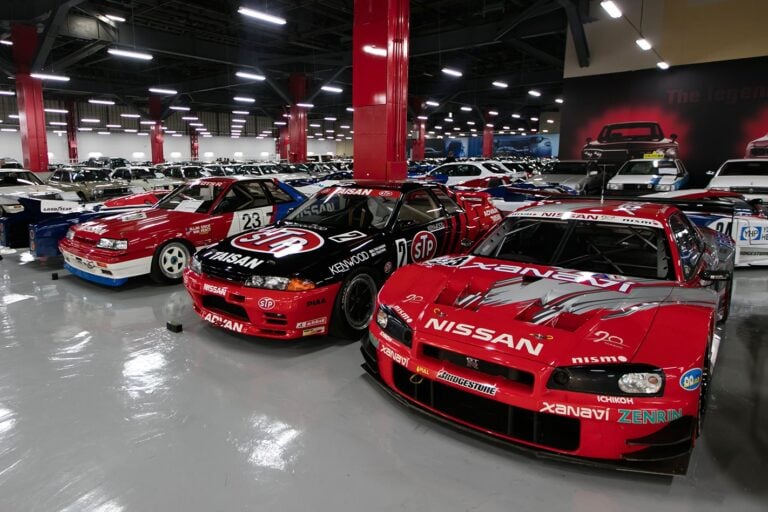 Features
FeaturesNissan Zama museum
Nissan drops MOTOR into its toybox of priceless road and race classics

